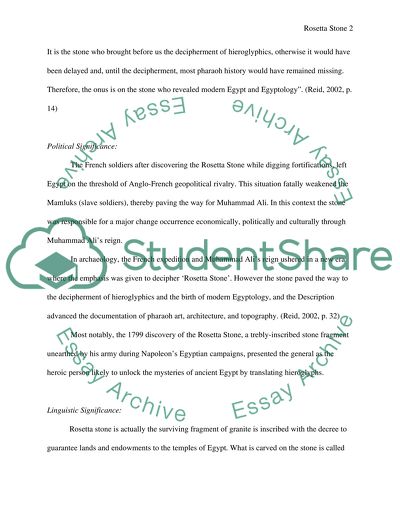Cite this document
(“Rosetta Stone Essay Example | Topics and Well Written Essays - 1250 words”, n.d.)
Retrieved from https://studentshare.org/miscellaneous/1499193-rosetta-stone
Retrieved from https://studentshare.org/miscellaneous/1499193-rosetta-stone
(Rosetta Stone Essay Example | Topics and Well Written Essays - 1250 Words)
https://studentshare.org/miscellaneous/1499193-rosetta-stone.
https://studentshare.org/miscellaneous/1499193-rosetta-stone.
“Rosetta Stone Essay Example | Topics and Well Written Essays - 1250 Words”, n.d. https://studentshare.org/miscellaneous/1499193-rosetta-stone.


